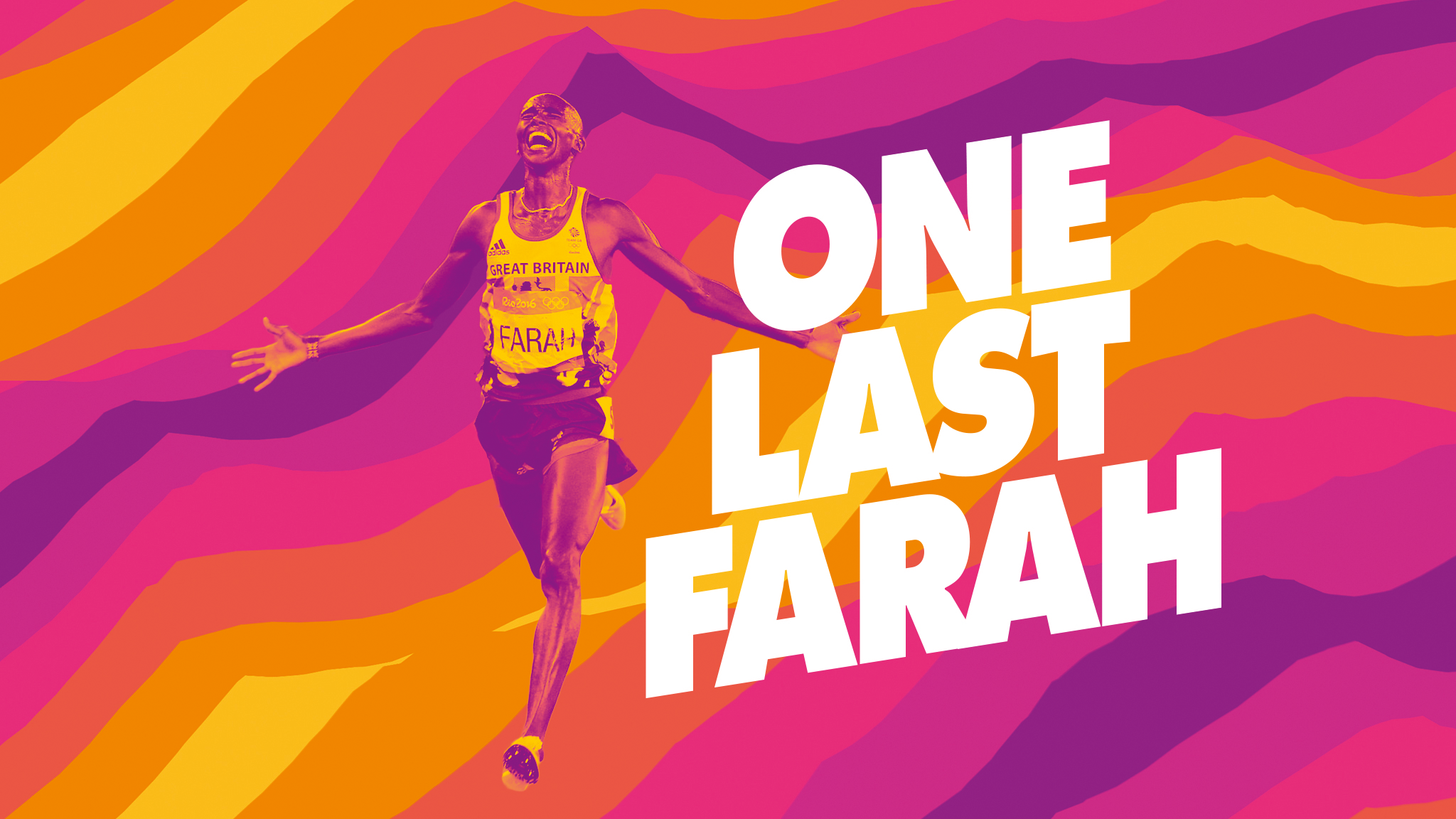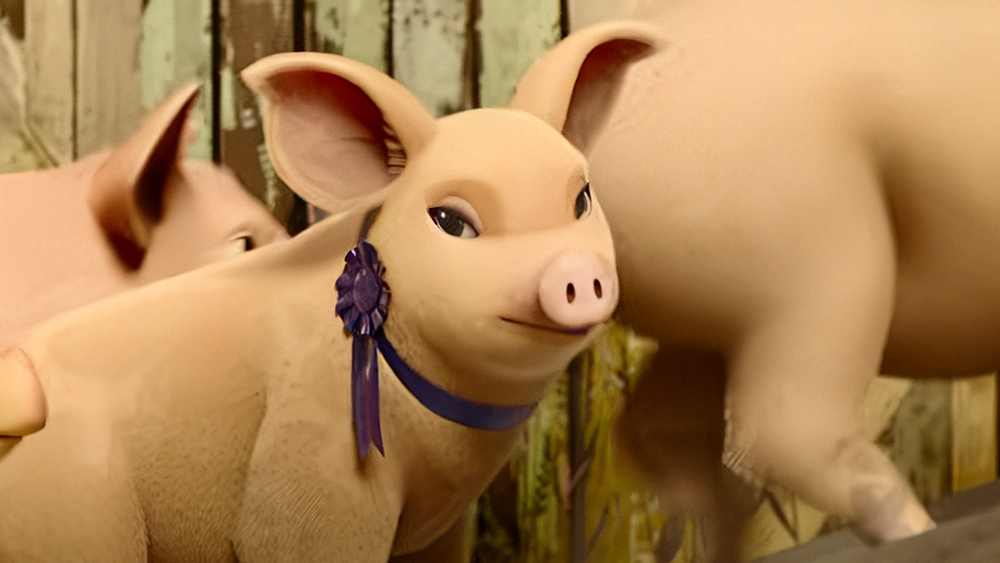How to run a more efficient studio
Busy studios are only successful when they can handle their workload efficiently, otherwise things will go into meltdown: deadlines are missed, budgets squandered and clients lost. That’s where resource management is essential.
In a special feature in association with Resource Guru, we paid a visit to two similarly sized London agencies to find out how they stay efficient. Locket Aebischer is senior account manager at SomeOne, and Dan Moore is co-founder and MD of Studio Output.
How do you keep track of who works on what?
Locket Aebischer: A Google sheet. It’s live, everyone can see it remotely, and we plan two to three weeks ahead. Account managers have a channel on Slack to talk about projects, and the design directors and founders have another so they can feed new business into us.
Dan Moore: We also have a big, bulky, custom-built Google sheet that includes design, strategy, copy and whoever else needs to be on it. All the permanent teams are on there, and freelancers. Projects are manually allocated across the week, normally at least four weeks in advance. It gets looked at daily by the project director, then more formally by the producers and design directors if a pitch comes in or a project moves.
We ensure there’s as much communication as possible, but you need to be flexible, as you never know what’s around the corner. Our spreadsheet does the job, but it could do it better.
How accurate is your current method?
DM: We need to get better at allocating actual time from a project into actual time on resource. Generally, people know they have a resource allocated, but also specific tasks. Four hours means you have to get x, y, z done in that time.
When we first brought it in, the real challenge was people understanding that time has to have something at the end of it – it’s not just there to be looked at. It’s that balance between the creative resource understanding what there is versus being spoon-fed a bunch of stuff.
Daily design news, reviews, how-tos and more, as picked by the editors.
You want people to take ownership of things, but you also want that level of control from the producers. Whatever tool you use needs to be friendly and accessible, but also make sure everyone’s voice is heard. Some people want to be micromanaged, others want to know what their week looks like and just get on with it.
How do you avoid clashes between projects?
LA: Usually it’s quite smooth. As I said, we talk a lot on Slack if we’re not in the same room, so if something comes up or there’s a big issue, we can shift things around a bit. Our clients are usually super-flexible and understanding, so if we need more time, it works out OK.
Do freelancers fit into your system effectively?
DM: When we get freelancers in, it’s generally to do a particular project or task, so their time is easier to resource out – it’s either speciality or overflow. Occasionally, we get someone in just as a pair of hands who can juggle different stuff.
Over the years, we’ve built up maybe three or four people who can work for us on that basis. It’s like having a family member come back; they get straight into it, and know where everything is. We just make sure they know what they’re doing in our twice-daily stand-ups.
LA: A lot of our freelancers are recommended by designers in the studio. They don’t necessarily come with time-sheets, or stuff that an agency might give them. We have another Google sheet to plot who’s available when. But if we do get a freelancer in, it’s usually for a particular project so we know exactly what hours they’ve spent.

How do you respond to unforeseen issues?
DM: You have to be agile to stay in business, but the key is to have as few unknowns as possible. If things jump out of the woodwork, it’s usually because of a communication issue – whether internal or with a client.
Sometimes it gets to the point where you have to say ‘no’, or deal with it in a stronger way, but that’s rare. Being independent means we can go down that route if we need to, but we pride ourselves on great communication. When unforeseen things happen relating to health or weather, we have a tight enough team that everyone knows what’s going on. People pitch in.
LA: We’re agile. If anyone’s free, or their project has quietened down a bit, they’ll mention it on Slack, and someone else snaps them up.
Is staff burnout ever a danger?
DM: It’s always a danger, but we’ve tried to foster an environment where people work hard within their contracted hours. They’ve got a life, and come back refreshed the next day. It’s not always possible; sometimes there’s more work than resource. With some projects, everyone wants to put the hours in; for others, they need to because it’s not worked out for some reason. Generally there’s a good balance.
Doing things at weekends is rare in terms of projects – it might happen for an event or a shoot, but we make sure the team is happy doing it, and are transparent about time off in lieu.
There are times when people do get to that burnout stage. It tends to be because they’ve got their head down and have tried to deal with it, and not shared it. We’ve had to go in and say: “Look, let’s talk about this. Let’s work it out.” If that’s happening, it’s on my shoulders.
LA: Overtime isn’t usually a huge issue, but we have just done a 600-page book in two months, which is mad. There were definitely some late-night Deliveroos with that. Usually we’re good at plotting things far enough in advance so that our timelines are fairly manageable.
Do time zones ever pose a challenge when you’re working on global projects?
LA: Our international clients understand we’re in London, so mostly it’s fine. If it’s really urgent and needs to be done out of our time zone, our Sydney office can help us out. Occasionally someone stays late, but we try to avoid it.

You have both spent some time with Resource Guru. How have you found it so far?
DM: The approach is similar: you’re plotting projects on a timeline. But there are definitely time savings that will add up, and that becomes interesting. I like the way you can drag and drop, and queue up jobs – that’s something we have to do manually on our Google doc.
The reporting tools are most interesting to us as an agency I think. I like how it puts more care into how resources are communicated to the people doing the job; it feels more personal for each person to have a dashboard, for instance. Some people are fine to be spoon-fed, some want the opposite, and having something like this where there is visibility is really useful.
LA: Yeah, it’s super-easy to use. It’s great to be able to plot actual times against people, because on our current Google sheet we only really have ‘morning’ and ‘afternoon’. With Resource Guru, you can plot in times of day much more accurately, which has been quite helpful for scheduling meetings and so on.
Which features in Resource Guru do you think your studio would benefit from most?
LA: I think being able to see further ahead than one or two weeks would be really useful, so we can put in the deadlines of the biggest projects, and see when people have to work on them. At the moment we only do it one or two weeks ahead, which can make it harder to see the big picture. It feels like it’d be a real improvement to see meetings and deadlines all in one place, instead of having to check multiple calendars and tabs along the bar.
DM: Daily email updates are a particularly good idea. It’s something we’ve tried to do manually over the years, and it’s just dropped off.
Once there’s some project data in there, I’d be keen to explore the reporting tools in more detail. The bigger we get as an agency, the fewer people have eyeballs on each individual job. We need to review things from a global view, so it’s useful to have it all there at your fingertips. I think that’s where tools like this are useful – they give you a real-time look at what’s going on.
Read more:

Nick has worked with world-class agencies including Wolff Olins, Taxi Studio and Vault49 on brand storytelling, tone of voice and verbal strategy for global brands such as Virgin, TikTok, and Bite Back 2030. Nick launched the Brand Impact Awards in 2013 while editor of Computer Arts, and remains chair of judges. He's written for Creative Bloq on design and branding matters since the site's launch.
